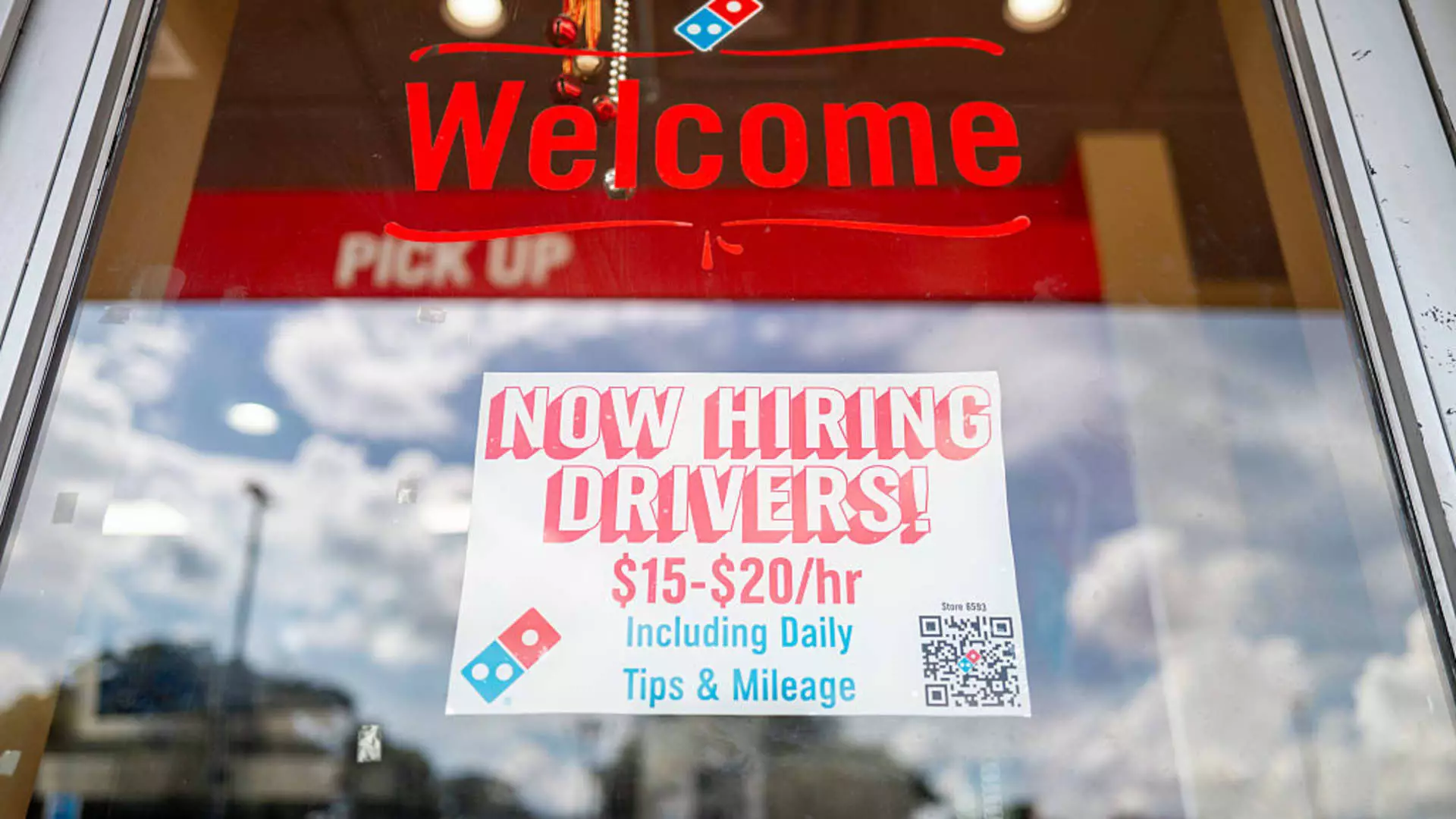In recent months, the U.S. labor market has appeared resilient on the surface, yet beneath that facade lies an alarming slowdown that threatens to derail economic stability. The spectacle of federal workers facing layoffs amidst declining job openings and hiring freezes signals deeper issues that are often dismissed or underestimated by mainstream economists. While the headlines might parade modest employment figures, the reality tells a story of erosion—one that calls for a sharpened awareness of systemic vulnerabilities. The recent wave of layoffs driven by the so-called Department of Government Efficiency (DOGE), under Elon Musk’s influence, exemplifies a reckless approach to workforce management that could spark far-reaching consequences.
Rather than proceeding with caution, policymakers and business leaders seem to ignore subtle yet significant signs of distress. The contraction in private sector hiring, coupled with the surge in federal employment applications, paints a troubling picture: a labor force in flux, unsure of its footing. The prevailing narrative that the economy remains “strong” is increasingly difficult to uphold amidst the mounting evidence of slowdown and displacement. This disconnect between surface-level optimism and underlying fragility warrants a critical reevaluation, especially considering the timing—at a moment when stability is most needed.
The Myth of Resilience and the Reality of Displacement
Despite official reports suggesting that job numbers are still growing, the data reveals a different story. The Bureau of Labor Statistics shows a decline in job openings, and while some displaced workers find new opportunities, the overall trend points to a tightening market. The dramatic rise in applications to federal agencies—up by 150%—raises questions about the viability of public sector employment as a refuge for those losing their jobs. It suggests a shrinking real opportunity for those seeking stable employment in white-collar professions like data analysis, marketing, and software development.
The optimistic outlook that May’s slight dip in applications might herald a turnaround appears overly cautious. In reality, these numbers might merely reflect shifting recruitment strategies or temporary adjustments rather than genuine market recovery. The persistent failure of job creation, especially in high-skilled sectors, implies that the labor market is on a precarious footing. The collapse of hiring momentum indicates that the once-robust expansion is losing steam, driven by policy decisions that prioritize austerity over growth and stability.
The Political and Economic Implications of Workforce Cuts
The aggressive downsizing of the federal workforce—comprising over 280,000 jobs eliminated according to Challenger, Gray & Christmas—raises critical questions about the long-term health of the government’s ability to serve its constituents. While political rhetoric often praises austerity measures, the consequence is often a hollowed-out public sector unable to support expansive social needs or to stimulate economic activity through public investment. Instead, severe cuts impair the government’s capacity to respond to crises and weaken the very foundations of a resilient economy.
Moreover, the role of monetary policy in stifling growth cannot be understated. By maintaining elevated interest rates, the Federal Reserve inadvertently constrains technological innovation and expansion. Tech companies, heavily reliant on borrowing to fund growth, are hindered by these higher costs. Consequently, cutting-edge job creation in technology—a sector vital to future economic competitiveness—becomes increasingly elusive, further exacerbating the employment drought.
This scenario underscores a troubling paradox: policies designed to curb inflation and stabilize markets may unintentionally stifle the very growth needed to generate new jobs. The result is a sluggish labor market that, if left unaddressed, could entrench economic disparities, diminish consumer confidence, and catalyze social unrest.
A Call for Thoughtful, Progressive Action
The ongoing layoffs and hiring stagnation expose a fundamental flaw in the approach to economic management—a reliance on austerity as a cure-all. Instead, a shift towards progressive policies that prioritize workforce development, technological innovation, and sustainable growth is urgently needed. Investing in public sector jobs, encouraging responsible borrowing, and promoting policies that support small and medium-sized enterprises could rejuvenate the labor market.
Furthermore, it is critical for policymakers to recognize the human toll behind these statistics. The displacement of hundreds of thousands of workers, particularly those in white-collar sectors, signifies not just a crisis of numbers but one of lived experiences, aspirations, and economic security. A balanced approach that fosters growth without neglecting social stability will ultimately serve the nation better than reckless cuts or overly aggressive monetary tightening.
As the next figures on the employment landscape emerge, the true test lies ahead: whether policymakers will acknowledge these systemic issues and adopt a more empathetic, balanced strategy to ensure a resilient, inclusive, and forward-looking economy.


Leave a Reply